Giraffes are the tallest living land animals on earth! No one has towered over these creatures since the time of the dinosaurs. Standing at over 18 ft. tall, these creatures are long-necked and long-legged, making these lanky animals perfectly built for browsing on tall trees and branches, taking advantage of food sources other herbivores cannot. Read on to learn about the giraffe.
Description of the Giraffe
These tip-top creatures stand in at 18 ft. tall, with a record height for the males of 19.3 ft. They have long legs, long necks, and relatively short bodies. Their heads are topped with bony horns, and their tails are tipped with a tuft of fur.
A short mane runs down the length of their long necks, and their coat is covered with a blotched/blocky pattern. Their base color is light cream, and their spots range from dark brown to burnt orange in color.
Interesting Facts About the Giraffe
While their obvious most interesting fact is their height, that doesn’t mean these creatures can’t leave you even more surprised! Giraffes are incredibly unique in a number of different characteristics as well as their record-breaking stature.
- Long-Necked – Much of these creatures’ height comes from their lengthy necks, which can measure well over 6 feet long alone! You would think that this means they have much more neck bones than humans do… right? In reality, humans and giraffes have the same number of neck bones, also known as vertebrae. The only difference is that the giraffe’s seven vertebrae are super sized!
- Horns… or Not Horns? – The hair-covered “horns” on the heads of these creatures are actually known as ossicones. Unlike horns, which are coated in keratin, ossicones have a coating of skin and fur. Ossicones are originally made of cartilage when they are grown, and harden into bone over time.
- High Head – Their unusually long neck makes it difficult for blood to get to the brain. In order to pump blood to their brain and extremities, giraffes need large, strong hearts. Their hearts can be as much as two feet long, and weigh well over 25 lbs.! In comparison, the human heart weighs just 11 ounces.
- High-Capacity Consumption – All of that biological trouble supporting extreme height pays off for these creatures. Being heads, and tails, and heads again, above the other herbivores means that giraffes don’t have any competitors in the food market. The average individual can eat 75 lbs. of plants per day.
Habitat of the Giraffe
These creatures are relatively specialized to specific habitats. Though they can survive in a number of different ecosystems they have preferences for specific types of trees. This means that they thrive in environments like savannahs and sparse woodlands. They are more common in open woodlands than they are in more dense vegetation. When food is more scarce they tend to congregate around evergreen trees and bushes.
Distribution of the Giraffe
There are a number of different subspecies (or species depending on what research you believe) spread across different regions of Africa. Some populations are quite fragmented, putting them in danger of genetic inbreeding. Some populations are found in southern Africa, eastern Africa, and a few areas of sub-Saharan Africa.
Diet of the Giraffe
These large mammals are herbivores, which means that they primarily feed on plants. Their primary diet is the leaves of trees and bushes, but they will also eat branches, bark, twigs, and some fruit. Some of their preferred plant species are acacia, apricot, and mimosa trees. They use their long tongues to carefully pluck and strip leaves from branches.
Giraffe and Human Interaction
Humans have hunted giraffes for centuries. These creatures make for easy targets, particularly because they are rather conspicuous. Early people used all parts of the creature when hunting, but nowadays trophy hunters target them for their hides and heads, and give the rest to the native tribes nearby. Sport hunting has combined with habitat destruction to place these creatures in danger of extinction. They are currently listed as Vulnerable on the IUCN Red List.
Domestication
Though they have been given as gifts and kept in zoos for years, these mammals have not been domesticated in any way.
Does the Giraffe Make a Good Pet
No, particularly because they would be quite difficult to house. Being incredibly tall has its downsides, including the fact that it probably wouldn’t fit in your house!
Giraffe Care
In zoos, these creatures are provided with savannah-like enclosures. They have extensive room to roam, other animals to socialize with, trees to browse from, and tall feeders to eat from.
While they get most of their hydration from their food, they are provided with a clean water source to drink from as well. Zookeepers also train these animals to voluntarily perform checkups, foot trimmings, and more, using positive reinforcement.
Behavior of the Giraffe
These large mammals are social, but live in flexible groups. While they are almost always found with other members of their own species, they do not keep the same groups over long periods. Most of the time, groups will consist of all males, or all females, though mixed-sex groupings do occur. They are generally quiet and non-confrontational, though males will fight during the breeding season.
Reproduction of the Giraffe
The largest and strongest males fight with one another for supremacy. The male that can chase off all the others will mate with the receptive female. After breeding, females have a gestation period of 400 – 460 days. The calf enters the world via a 6 ft. drop to the ground, and can stand and run within hours of birth! Nursing can last anywhere from one month to one year, depending on the mother.
Beliefs, Superstitions, and Phobias About the Giraffe
These odd creatures were known to a number of different cultures, including African, Greek, Egyptian, Roman, and Chinese peoples. The Greeks believed giraffes to be an odd hybrid between a camel and a leopard, hence their species name camelopardalis. This curiosity even led to these creatures being given as gifts to royalty.



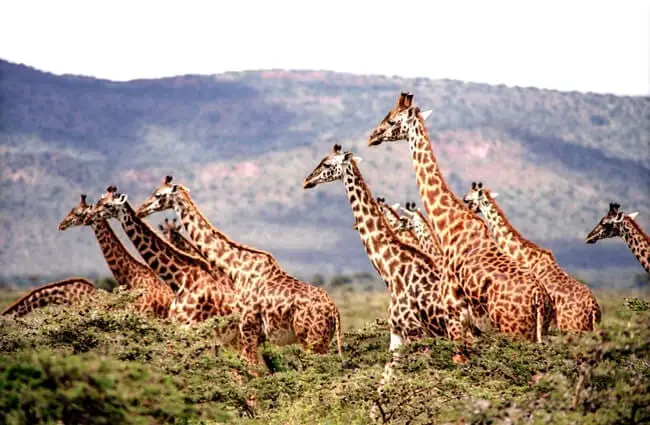
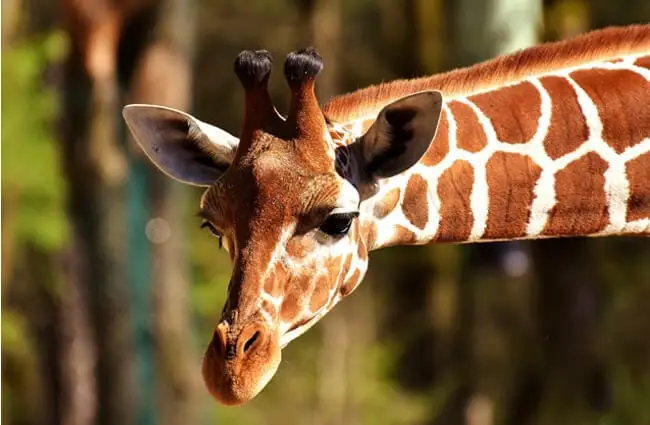
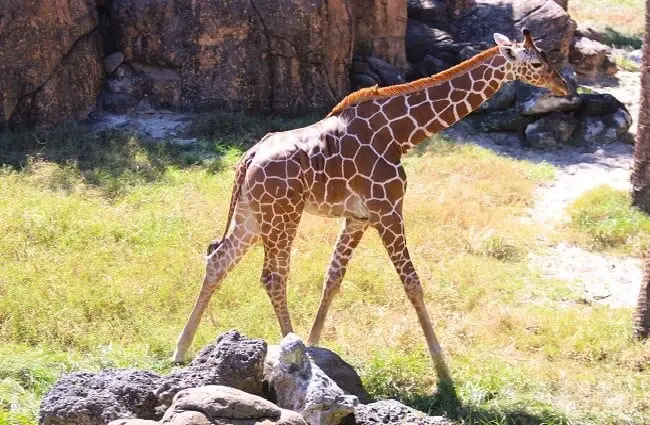
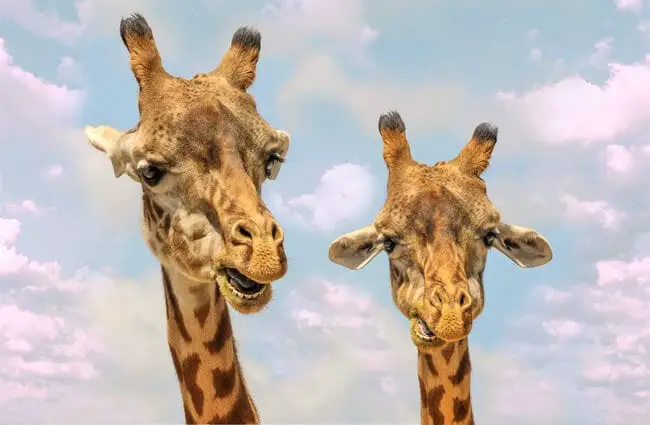
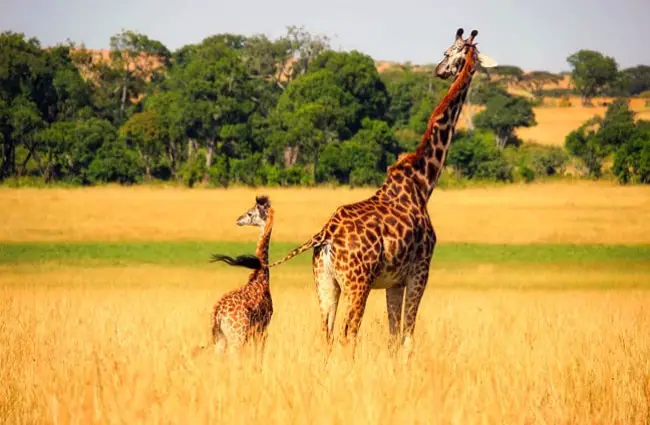
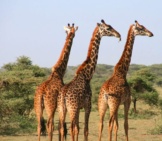

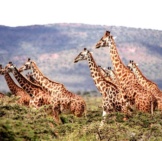


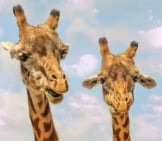

![Red Angus Closeup of a beautiful Red Angus cowPhoto by: U.S. Department of Agriculture [pubic domain]https://creativecommons.org/licenses/by/2.0/](https://animals.net/wp-content/uploads/2020/03/Red-Angus-4-238x178.jpg)












![Red Angus Closeup of a beautiful Red Angus cowPhoto by: U.S. Department of Agriculture [pubic domain]https://creativecommons.org/licenses/by/2.0/](https://animals.net/wp-content/uploads/2020/03/Red-Angus-4-100x75.jpg)

